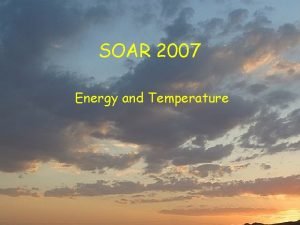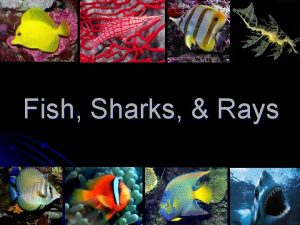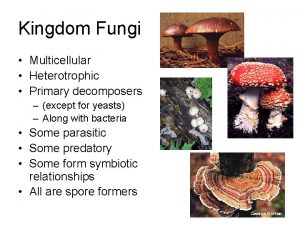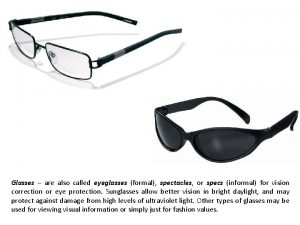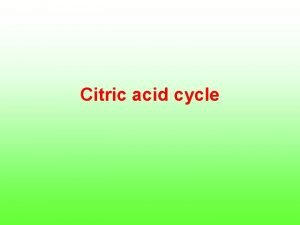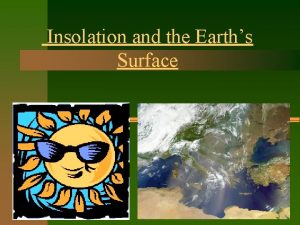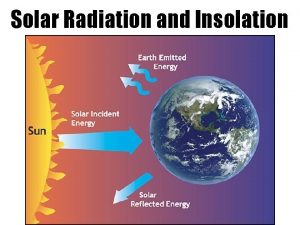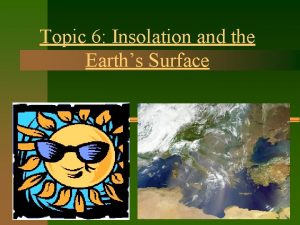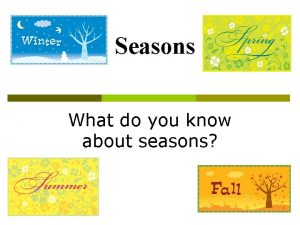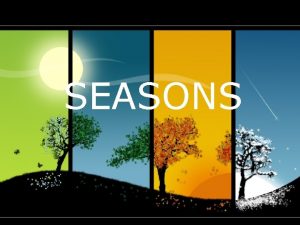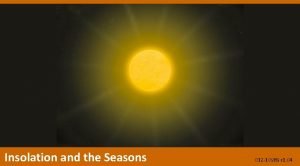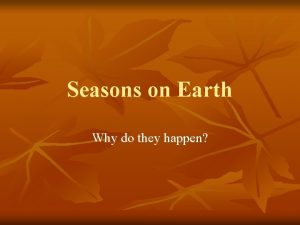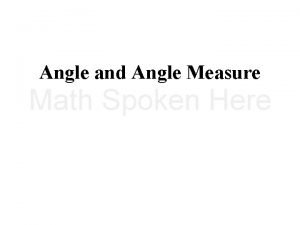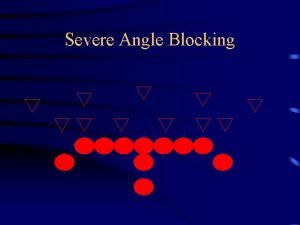Seasons and Angle of Insolation also called angle
















- Slides: 16

Seasons and Angle of Insolation (also called angle of separation) Aligning with Earth in Space LASER kit Based on the Vernier lab activity

Outline �Goals � Define angle of insolation � Determine the relationship between temperature change and angle of insolation �Engage: Page Keeley Assessment Probe �Explore: Compare temperature data from around the world �Explain: Complete Seasons activity �Elaborate: Seasons simulation from the internet �Evaluate: Compare your results with other models �Debrief as needed

Engage: What do you think From Uncovering Student Ideas in Science, Vol. 3 by Page Keeley and others

Explore: Comparing Temperature data �Go to Weatherbase at http: //www. weatherbase. com/. �Select five different cities from different parts of the Northern Hemisphere. Record the name and latitude of the city/country. �Write down the average temperatures in degrees C for June and December. �Compare/contrast the temperatures in different cities �Think: write down at least two observations �Pair: tell these observations to a neighbor �Share: volunteer to tell the rest of the class

Explain: Seasons activity �You and your partners will be using the temperature probe to determine the temperature at different latitudes during winter and summer �Each group will be assigned one latitude. Record your data on the chart on the next slide when you are done. General set-up Close-up of temp probe

Angle of Insolation (or separation) �Angle the Sun’s rays make with the flat surface of the Earth. �Determined by the angular distance between the latitude the Sun is over and the latitude of your location.

Finding angle of insolation

Explain: Class data Omak Lat 30° N sum 30° N win 45° N sum 45° N win 60° N sum 60° N win Tmax (°C) 31. 6 29. 4 30. 6 26. 9 30. 5 25. 2 Tmin (°C) 25. 6 24. 6 25. 9 26. 2 25. 2 T 6. 0 4. 8 4. . 7 0. 7 5. 3 0 Angle of insolation 83. 5 36. 5 68. 5 21. 5 53. 5 6. 5 Observations to ponder with your partners and neighbors: • How do the last two rows of numbers compare to one another? • How do the sum. and winter columns compare to one another?

Explain: Class data Wenatchee Lat 30° N sum 30° N win 45° N sum 45° N win 60° N sum 60° N win Tmax (°C) 37. 9 27. 4 31. 5 24. 8 26. 9 26. 2 Tmin (°C) 23. 1 22. 6 23. 7 23. 6 23. 8 25. 7 T 14. 8 7. 8 1. 2 3. 1 0. 5 Angle of insolation 83. 5 36. 5 68. 5 11. 5 53. 5 6. 5 Observations to ponder with your partners and neighbors: • How do the last two rows of numbers compare to one another? • How do the sum. and winter columns compare to one another?

Explain: Theory � Earth’s axis tilted 23. 5° and always pointed to the same star throughout the year*. � At times, the northern hemisphere is tilted away from the Sun and the Sun’s rays hit the northern hemisphere at a shallow angle (farther from straight overhead). This is winter in the northern hemisphere. (Below, left) � At times, the northern hemisphere is tilted toward the Sun and the Sun’s rays hit the northern hemisphere at a steep angle (closer to straight overhead). This is summer in the northern hemisphere. (Below, right) *The north pole changes slowly over time but this does not affect the seasons

Elaborate: Seasons simulation �I will play a simulation of the Earth orbiting the Sun. As the Earth orbits in the left diagram, two diagrams on the right will show the height of the Sun in the sky at noon and the size of a patch of sunlight. �Work with your neighbors to determine the relationship between the motion of the earth, the position of the Sun and the intensity of sunlight. �Here is another, more involved simulation.

Screen shot of Seasons simulation

Evaluate: Other models of seasons �Select the best model to explain winter from the choices below and support your answer with data from the activity. A. Cold planet takes heat from the Sun B. Winter clouds stop heat from the Sun C. Sun farther away in the winter D. Sun moves to the other side of the Earth E. Changes in plants cause the seasons F. Light rays hit the ground at a less steep angle in the winter From Making Sense of Secondary Science by Rosalind Driver and others, page 173 -174

Evaluate: Comparing Models � Show of hands for each model � How do our findings inform each model? A. Cold planet takes heat: when one hemisphere cool, the B. C. D. E. F. other is warm Winter clouds: some places have clear skies in the winter* Sun farther away: temperature change can come without distance change Sun moves: Sun still in the sky in the winter Changes in plants: seasonal changes occur in locations with different plant cover* Light rays hit the ground: temperature changes due to angle change in activity matched real world data *neither supported or refuted in this lesson

Relation to Earth in Space kit �Related to Lesson 4: Seasons on Earth �The Exploration supports Inquiry 4. 1 (Investigating Seasons) by giving students the opportunity to compare the shadows with the temperatures of the cities they looked up. �The Angle of Insolation activity supports Inquiry 4. 3 (Investigating Seasonal Variations) relating shadow angles to temperatures. �Overall benefit of this activity: relating seasonal changes to temperatures the students measure using a model (lamp and globe).

Debriefing the science teaching �Compare/contrast Seasons activity with LASER kit content �Review the use of the 5 E learning cycle �Discuss the use of learning progressions associated with this lesson �Practice creating a learning progression of a concept of your choice using the handout (also on the wiki)
 Angle of insolation lab
Angle of insolation lab Insolation of earth
Insolation of earth What is insolation
What is insolation Insolation of earth
Insolation of earth Whats insolation
Whats insolation Caudal fin shark
Caudal fin shark Blind search
Blind search Input and output of krebs cycle
Input and output of krebs cycle Specification based techniques
Specification based techniques Pharynx parts
Pharynx parts A workbook is also called a
A workbook is also called a Primary decomposers are
Primary decomposers are Glasses also called eyeglasses (formal)
Glasses also called eyeglasses (formal) It is also called figurative language
It is also called figurative language What is vowel glide
What is vowel glide Citric acid cycle also called
Citric acid cycle also called Chasse locomotor or non locomotor
Chasse locomotor or non locomotor

